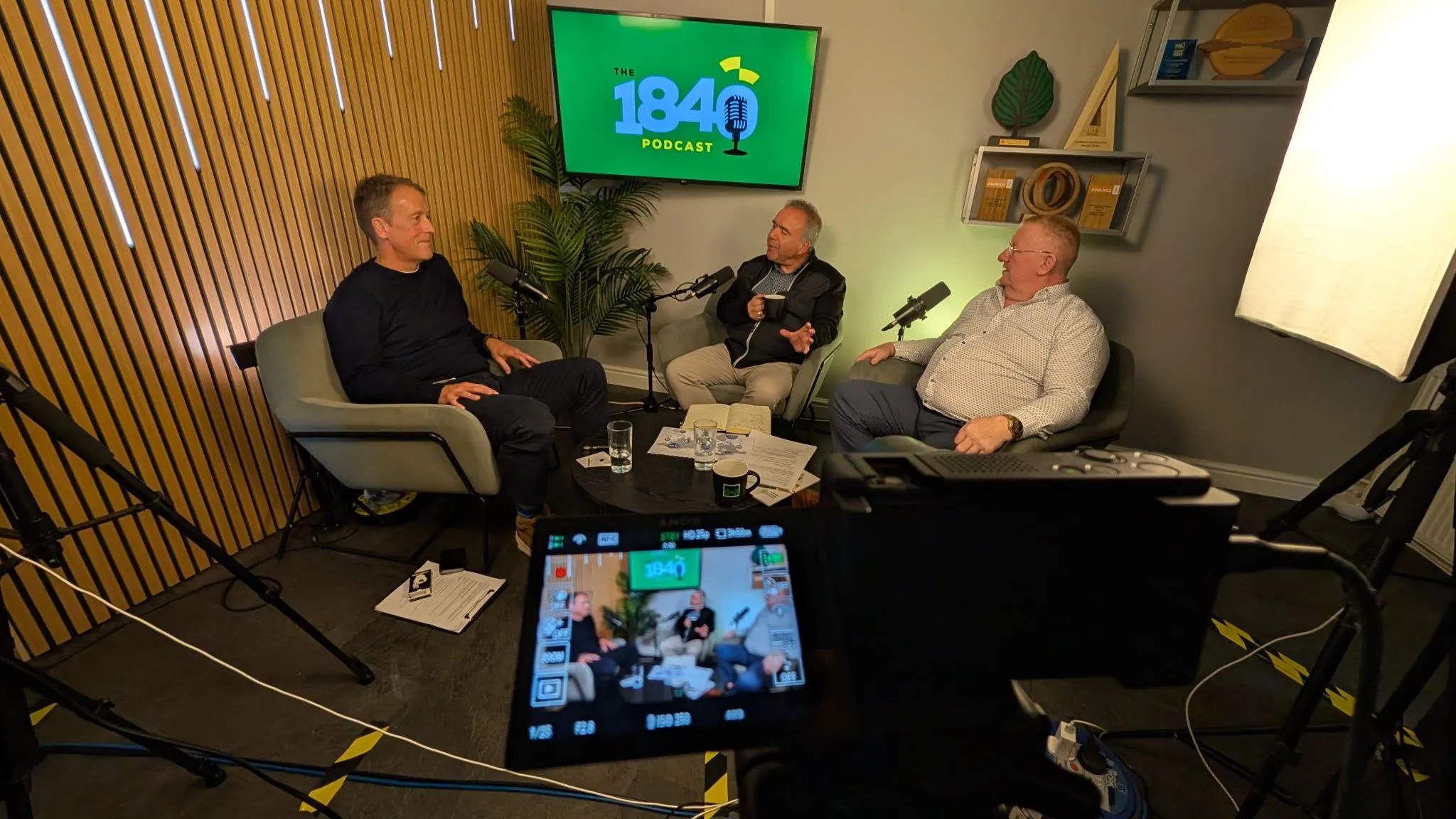Timber Panels: The Unsung Heroes of Construction
Timber panels are foundational to today’s construction industry. Though often overlooked, products like OSB, MDF, and chipboard are integral to residential, commercial, and interior projects across the globe. This article explores what they are, how they differ, and why they are central to the future of sustainable construction.
What are OSB, MDF & Chipboard?
Timber panels are engineered wood products created to improve efficiency, strength, and sustainability in building applications. Each panel type offers unique properties tailored to specific uses:
Chipboard (Particle Board/P5 Flooring)
- Composition: Manufactured from small wood particles bonded with adhesive.
- Characteristics: Non-structural and typically used as a substrate or supportive layer.
- Applications: Flooring, basic furniture, interior components.
- Key Benefit: Cost-effective and now made using 100% recycled material, aligning with sustainability goals.
MDF (Medium Density Fibreboard)
- Composition: Made by breaking down wood into fibres and reforming them into a uniform board.
- Characteristics: Smooth, consistent, and ideal for machining and finishing.
- Applications: Decorative mouldings, cabinetry, shopfitting, and furniture.
- Key Benefit: Highly versatile and essential for aesthetics-driven projects.
OSB (Oriented Strand Board)
- Composition: Engineered from large wood strands arranged in cross-directional layers and bonded with resin.
- Characteristics: Strong, moisture-resistant (especially OSB 3), and structurally rated.
- Applications: Walls, roofing, flooring, and timber frame construction.
- Key Benefit: Increasingly displacing plywood due to strength, sustainability, and cost efficiency.

The Market: Trends, challenges, and the road ahead
The timber panel market faces significant challenges:
- Rising costs and squeezed margins
- Increased pressure from lower-cost imports
- Heightened regulatory demands on UK and European manufacturers
Despite this, demand for structurally rated, sustainable materials remain strong - placing OSB and recycled-content chipboard in a growth position.
Key Market Shifts
OSB demand on the rise
- Timber frame housing is expanding rapidly.
- Each timber-framed home uses approximately 5 cubic metres of OSB, making it one of the fastest-growing panel products for 2025.
Sustainability Is redefining the industry
- P5 chipboard: 100% recycled.
- OSB: Now contains roughly 20% recycled content.
- MDF: Manufacturers are actively working to integrate recycled fibres.
Consumers and specifiers increasingly prioritise environmental credentials - especially in retail, DIY, and kitchen manufacturing sectors.

Sustainability
Sustainability is more than just a buzzword; it’s driving real change. While some imported products claim sustainability, the reality is nuanced.
European manufacturers are raising standards, reducing formaldehyde, and increasing recycled content. Major retailers and kitchen manufacturers are pushing for recycled materials, and manufacturers are responding with innovative solutions.
Is Price still King?
Price remains a strong purchasing driver. However, the industry is at a turning point:
- Budget-sensitive buyers continue to favour low-cost imports.
- Environmentally conscious sectors are driving premium demand for high-quality, compliant European products.
- The future lies in innovation and differentiation, pushing European manufacturers to elevate standards in sustainability, performance, and compliance—factors that imported products often cannot match.
Future predictions and strategic recommendations
Fastest-growing product in 2025: OSB
Driven by:
- Timber frame construction
- Consistent quality control in factory settings
- Alignment with sustainability targets
Advice for merchants and specifiers
- Strengthen supplier partnerships to secure availability and stable pricing.
- Prioritise products with verified sustainable credentials.
- Focus on long-term value rather than short-term savings.
- Recognise that merchants influence more than 50% of production output in key facilities such as Kronospan’s Chirk plant.
Conclusion
OSB, MDF, and chipboard are no longer just commodity products, they are strategic materials shaping the future of construction. Despite industry headwinds, innovation in recycled content, structural performance, and manufacturing efficiency is driving a new era of opportunity.
Whether you're a specifier, builder, or supplier, staying ahead of these trends will be essential in 2025 and beyond.
Thank you for joining us and be sure to check out our website for more insights, updates, and resources to help you navigate the world of timber panels.
Youtube: https://bit.ly/4hjG1Ze
Amazon: https://amzn.to/4nXubGm
Apple: https://apple.co/3CGGhSs
Spotify: https://bit.ly/46xJ7p4
Recent Posts
-
Timber Panels: The Unsung Heroes of Construction
Timber panels are foundational to today’s construction industry. Though often overlooked, products l
-
A Buyer’s Guide to Preservative Treated Timber
When choosing timber for your next project, durability is imperative. Preservative treated timber of
